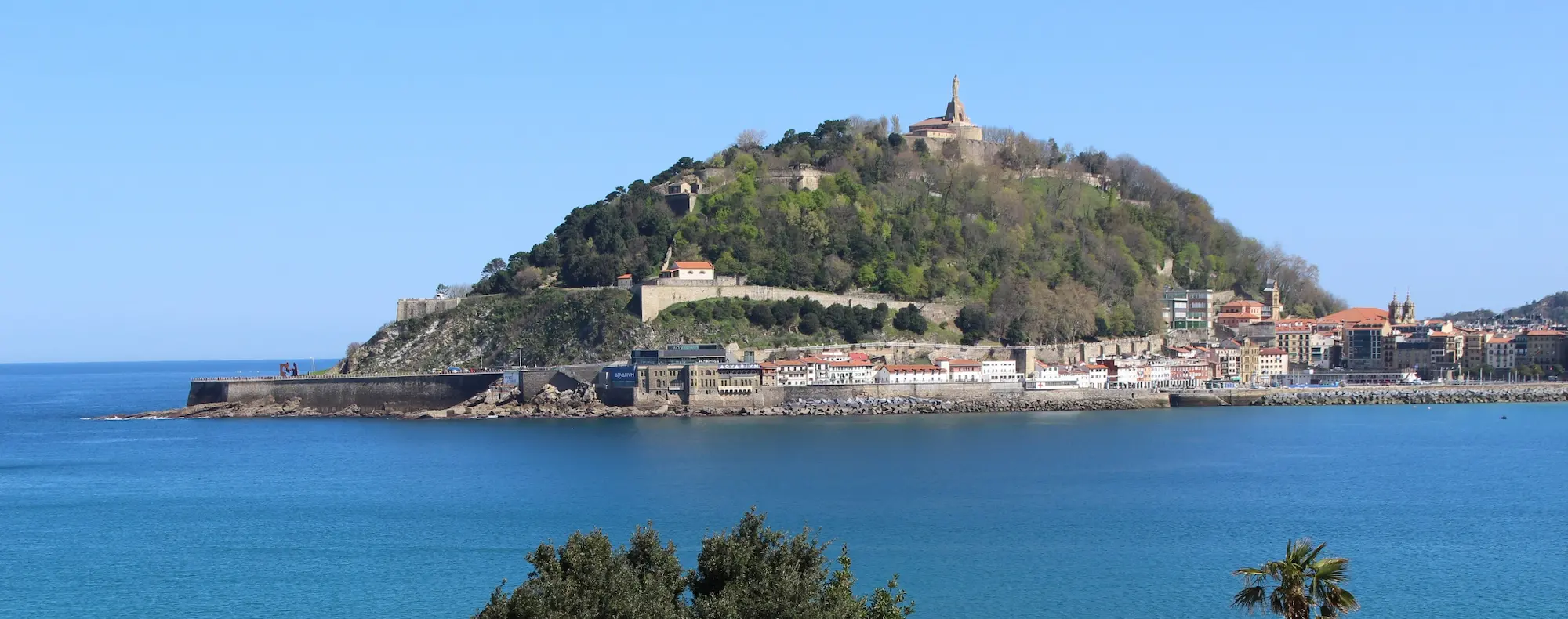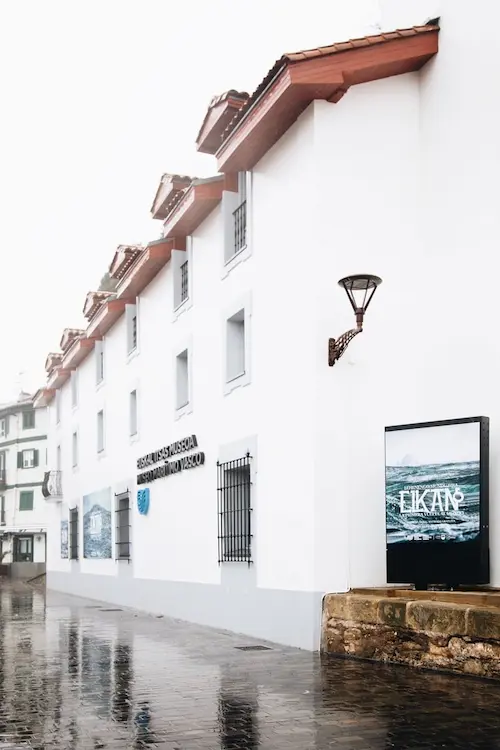Mount
Mount Urgull
A historical location between the city and the sea
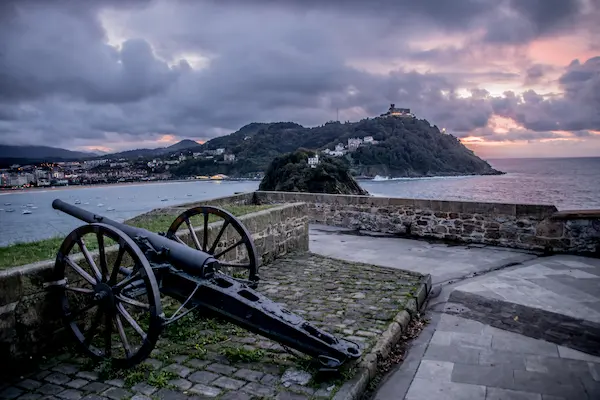
Access to Monte Urgull is closed at night. Opening times from 1 May to 30 September are 08:00-21:00; and opening times from 1 October to 30 April are 08:00-19:30.
Bearing witness to the history of San Sebastián
Strolling around the Monte Urgull area will transport you back to a long-gone era. As you walk, you will discover the marks that different historical periods have made upon the city. You will also see fortifications and part of the wall that once surrounded Donostia/San Sebastián: now one of the few remaining vestiges of the furious battles and sieges that the city withstood in the 19th century. In 1794, Monte Urgull saw the first capitulation of the city at the hands of the French and bore silent witness to the fire in what is now the Old Quarter which destroyed the city during the battle between French troops and the Anglo-Portuguese army in 1813. This event continues to be commemorated every 31 August on the street of the same name.
A place to observe the city and the sea. The different paths around the area enable you to enjoy unique views of the city, and scenic lookout points that are hidden between leafy patches allow you to observe Donostia/San Sebastián from a different perspective. There is also a passage that will lead you to the summit, where the impressive Sagrado Corazón statue and the fortifications and cannons of the Castillo de la Mota.
From some of these viewpoints you can witness the beauty of the Old Quarter from a different perspective. Others will show you one of the most-photographed panoramic views of the city with La Concha Bay as the centrepiece and Monte Igeldo rising impassively in the background.
But there are also scenic viewpoints where you can enjoy the majesty of the tempestuous sea, where waves leap above the Paseo Nuevo walkway and create a truly film-worthy scene.
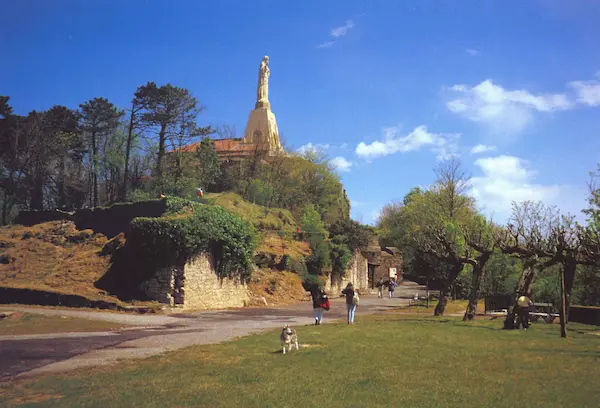
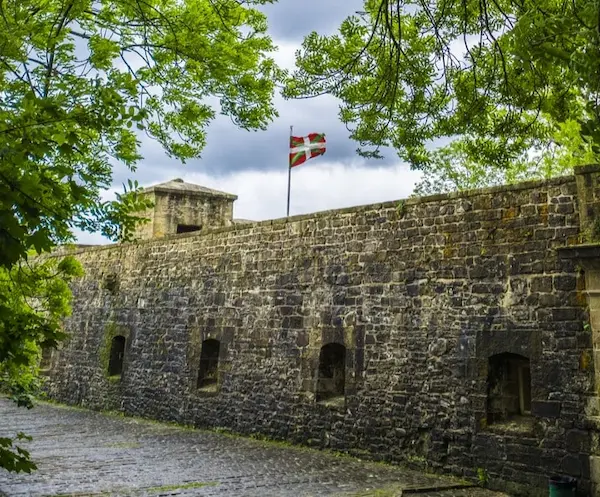
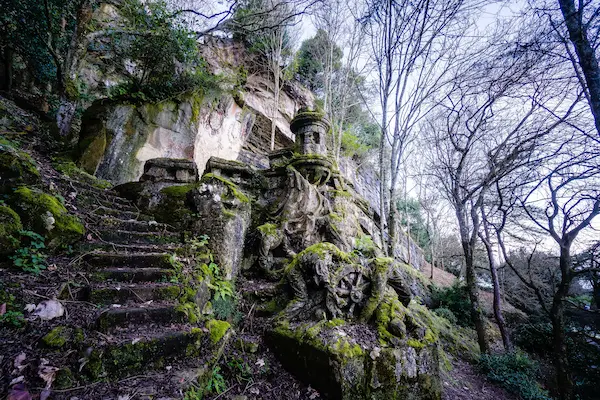
Castillo de la Mota: the city’s defensive bastion
The inside of the Castillo de la Mota houses the Casa de la Historia de Urgull, a small museum that uses audiovisual materials, models, objects and scenography to help you to understand the traits that have defined the Donostian people throughout the city’s 800-plus years of history.
The best route around Monte Urgull
Each one of these routes reveals natural areas and lookout points from which you can enjoy the most beautiful images of the city. ut if there is one path that provides a real insight into all of the historical occurrences that the slopes of this mountain conceal, it is the path that rises from Zuloaga Square and descends down to the Paseo Nuevo.
This path starts next to the San Telmo Museum and begins its ascent along an easily-accessible tarmac pathway. During your walk, make sure to enjoy checking the lookout spots that you will discover along the way. Each one of these points will show you a different panoramic view of the city.
Once you reach the summit, take all the time you need. Enjoy the countryside under the protective bulk of the Sagrado Corazón. monument, stroll between the walls and fortifications of the Castillo de la Mota and journey back 800 years in time by immersing yourself in the Casa de la Historia.
On this side of the mountain, you can visit one of the most historically-rich corners of Monte Urgull: La Batería de la Damas (“The Ladies’ Battery”). This is one of the military areas, guarded by cannons, that have stood the test of time.
The name itself comes from that same military era: in those days, there was a fountain in the lower part of the bastion where women from the city would come in search of water. There was only one path which crossed the battery to reach the fountain, and so there were a lot of meetings between soldiers and local women. The upper part of the Battery conceals a library which is open during Easter Week and the summer months.
On days when the sea is choppy, you can go to the lookout points and enjoy the continuous dance of the waves leaping over the breaker wall, creating one of the most characteristic images of the city.
Continuing along this route, and before reaching the Paseo Nuevo pathway, we delve deeper into a place that is shrouded in mystery: the English Cemetery. Its tombstones and monuments hide countless legends, leaving the true origins of this small graveyard to the imagination of the visitor.
And at that point, between legends and colourful snapshots of history, you will reach a walkway which borders Monte Urgull and will bring you closer to the sea: El Paseo Nuevo. Inaugurated in 1916, the Paseo Nuevo pathway is renowned for the spectacular effect of the breaking waves. This means that when the water is boisterous, it’s best to keep an eye on the sea while walking, unless you want to get soaked!
Empty construction, Jorge Oteiza
Don’t miss out on the opportunity to follow this path, because on the westernmost part you will find a window where the city opens up to the sea. This is the “Construcción Vacía” or “Empty Construction”. This sculpture, created by Jorge Oteiza, rises imposingly to challenge the sea, playing with the surging waves.
The artwork, which won an award at the 1957 São Paulo Biennial, is today held up as a reference in the world of contemporary art. Lo que le convierte en un tesoro al alcance de todos.
Only a few metres from the Aquarium, you will find the Naval Museum whose interior provides a historical insight and houses part of the Basque Country’s maritime heritage..
And in this way, we arrive at Donostia/San Sebastián’s picturesque fishing port where traditional Basque fishing vessels rest before going out to sail, and where the city and the sea become one.
